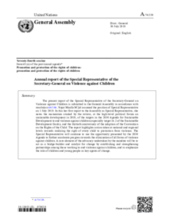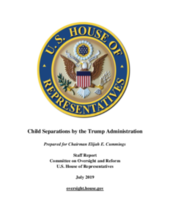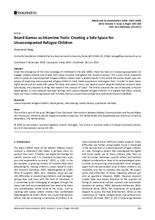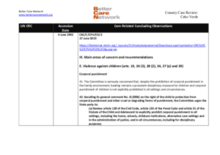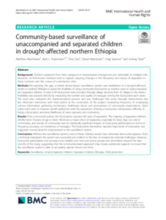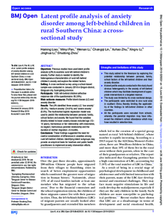Displaying 321 - 330 of 836
This report of the Special Representative of the Secretary-General on Violence against Children highlights action taken at national and regional levels towards realizing the right of every child to protection from violence.
This paper [from the Child & Family Social Work special issue on teenagers in foster care] reports findings from the first UK study into the experiences of unaccompanied asylum‐seeking young people in the UK, describing issues arising from initial assessment and preparation for fostering and the ways in which young people and foster carers adjusted to their lives together.
This paper reviews and contributes to evolving analyses of the public health, legal, and ethical consequences of immigration policy.
Without access to their own families, how do young, unaccompanied refugee minors re-establish their social lives in ways that facilitate a sense of togetherness in their everyday lives during resettlement? This question was approached by exploring young persons’ creation of relational practices and the kinds of sociomaterial conditions that seemed to facilitate the evolvement of these practices in Norway, including the professional caregivers’ contributions.
This staff report has been prepared at the request of Chairman Elijah E. Cummings to summarize the data obtained by the Committee on Oversight and Reform's subpoenas to compel the Trump Administration to produce documents relating to its policy of separating immigrant children from their families.
This article presents the use of bespoke, artisanal board games in cross-national interview settings with unaccompanied refugee children.
This country care review includes the care-related Concluding Observations adopted by the Committee on the Rights of the Child.
In this paper, the authors present the results of the Studiare Migrando project (www.studiaremigrando.it), in which an online learning platform to improve the language skills of young migrants and accessible via mobile devices has been implemented.
In this study, a mobile phone-based surveillance system was established in a drought-affected district in northern Ethiopia to assess the feasibility of using community focal points to monitor cases of unaccompanied and separated children.
This study sought to identify the heterogeneous characteristics of rural left-behind children’s anxiety and explore the related factors through a cross-sectional survey using a school-based sample in January 2018 in Qingxin district, Qingyuan city, Guangdong province, China.

